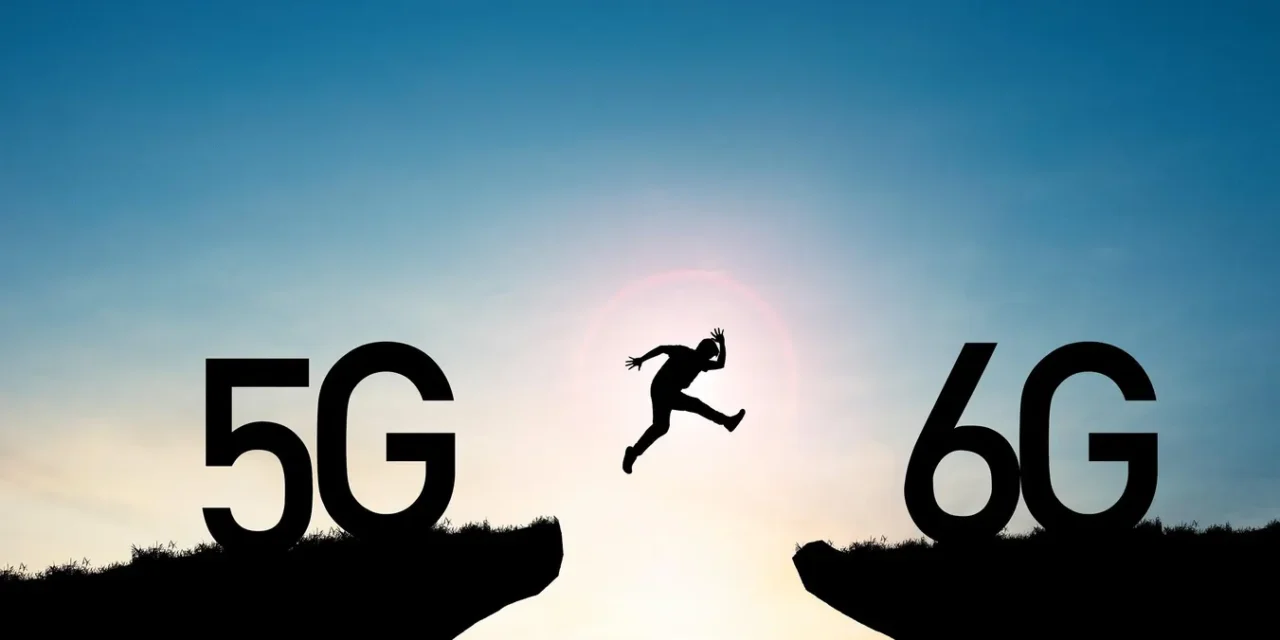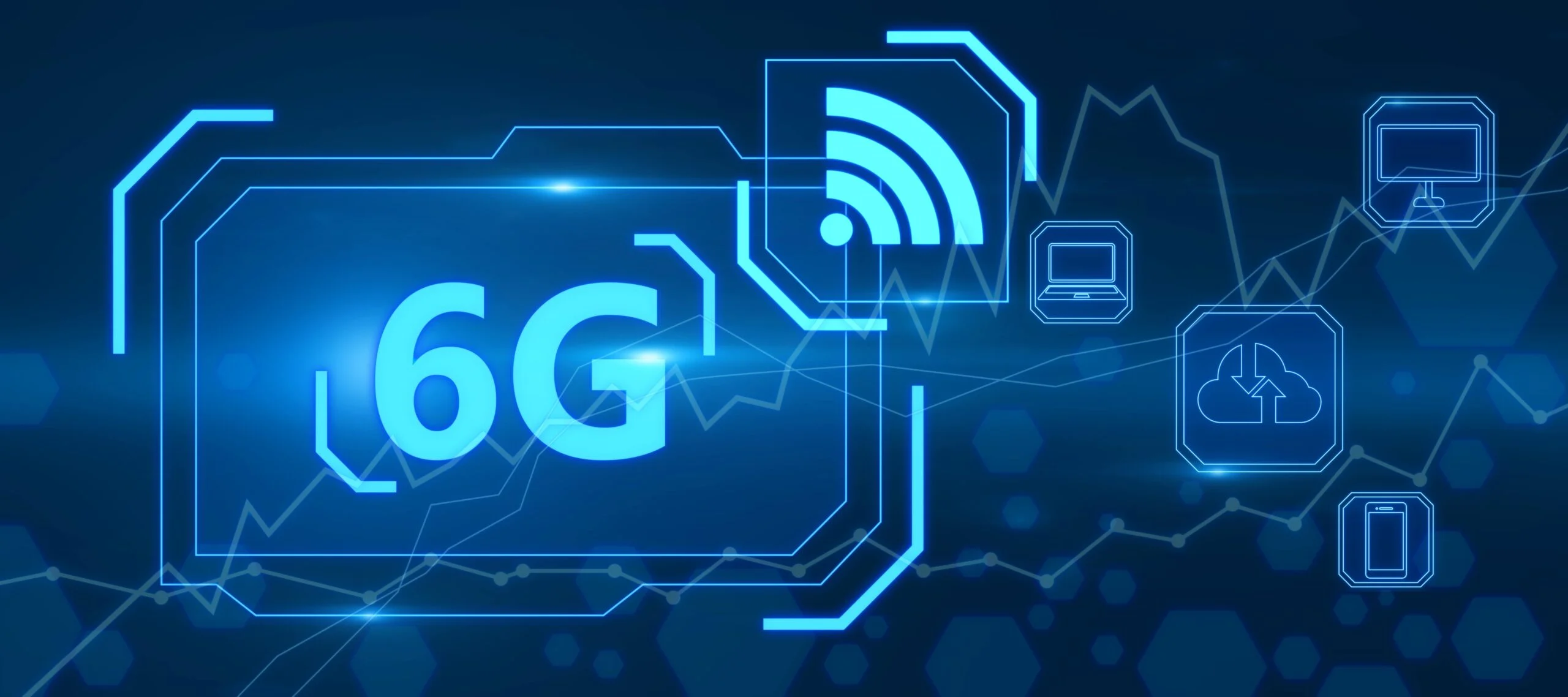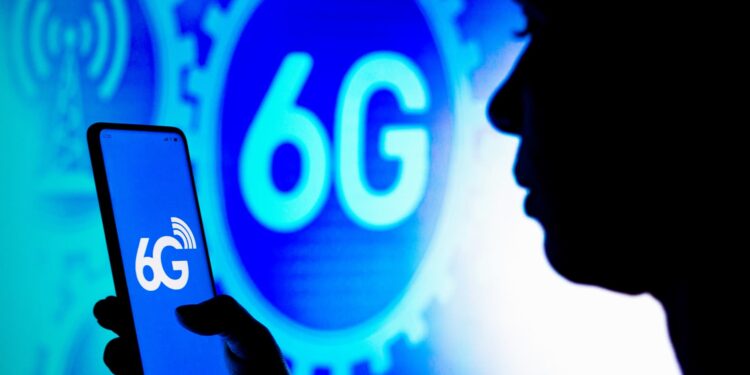The promise of mobile connectivity has continuously evolved, from the humble beginnings of 2G networks to the revolutionary speeds of 5G. Yet, as impressive as 5G has been in changing how we interact with the digital world, researchers are already paving the way for the next quantum leap in mobile technology—6G. Imagine downloading a full HD movie in a blink of an eye or streaming high-resolution virtual reality games without a hiccup. This isn’t just a dream; it’s quickly becoming a reality thanks to groundbreaking research that could see 6G networks reaching speeds up to 9000 times faster than 5G.

A Quantum Leap in Mobile Data Transmission
Recent experiments led by Zhixin Liu and his team at University College London have showcased the staggering potential of future mobile networks. By harnessing a broad spectrum of frequencies ranging from 5 to 150 gigahertz, the team achieved wireless data transmission rates of 938 gigabits per second. To put this into perspective, this speed allows for downloading more than 20 average-length movies in just one second. The key to these extraordinary speeds lies in the ability to multiplex data—sending multiple streams of data mixed together over a wide range of frequencies.
Breaking the Bandwidth Barrier
Today’s 5G networks, while fast, are often hamstrung by bandwidth limitations, especially noticeable in crowded areas like concerts, sports events, and busy train stations. The electromagnetic spectrum allocated to 5G generally spans frequencies below 6 gigahertz, confining data transmission to relatively narrow bands. This limitation is starkly evident when thousands of people attempt to share multimedia content simultaneously, leading to sluggish service and frustrated users.
The advent of 6G aims to demolish these barriers by expanding the usable frequency spectrum significantly. The use of higher frequencies not only promises vastly improved speeds but also reduces the latency and congestion that currently plague mobile networks at peak times. As Liu notes, “By broadening the spectrum we use, we can increase the information rate exponentially, making the network more efficient and dramatically faster.”

What Does This Mean for Consumers?
For the everyday user, the implications of 6G technology are profound. Beyond the obvious benefits of faster download and upload speeds, 6G will enable a new era of digital experiences. Augmented reality, more immersive than ever, could become a standard tool in education and professional training. Remote surgery could see enhancements with near-instantaneous data transmission, potentially saving lives with real-time responsiveness.
Moreover, the enhanced capacity of 6G could make the internet more accessible in densely populated areas and during large public events, where current networks cannot consistently handle the load. The future of mobile connectivity with 6G offers not just improvements in speed and efficiency but also a significant leap towards truly ubiquitous, reliable internet access.

Preparing for the 6G Revolution
While the full commercial deployment of 6G networks is still on the horizon, the ongoing research and trials continue to push the boundaries of what’s possible with wireless communications. As we look towards a future dominated by IoT devices, autonomous vehicles, and smart cities, the necessity for a more robust, faster, and more reliable network becomes all the more apparent.
The journey from 5G to 6G represents more than just an incremental upgrade; it’s a transformation that will redefine how we interact with technology daily. As we stand on the brink of this new technological era, the potential for innovation is limitless, promising a world where digital interactions are seamless, instantaneous, and more integrated into our daily lives than ever before.










